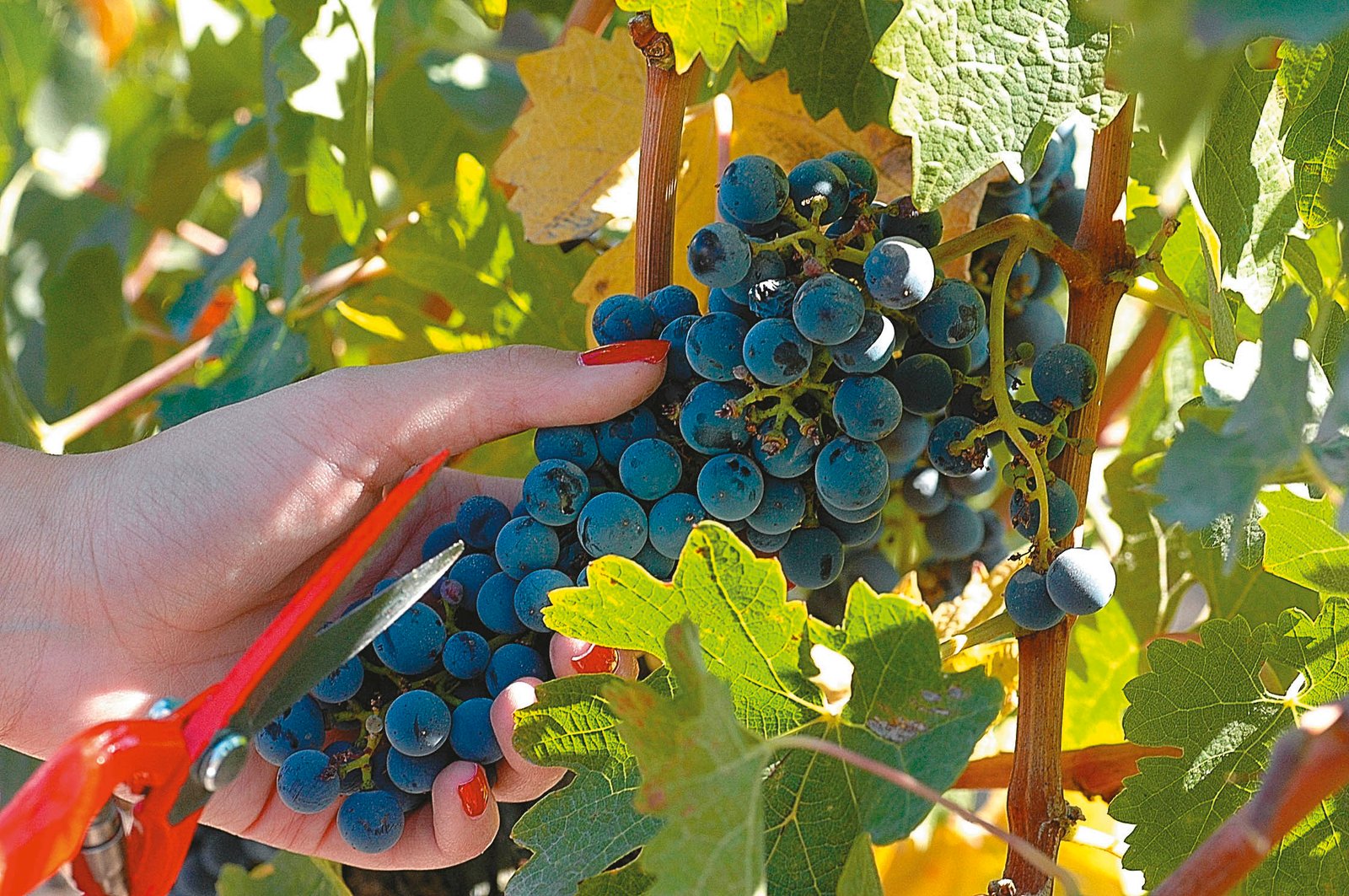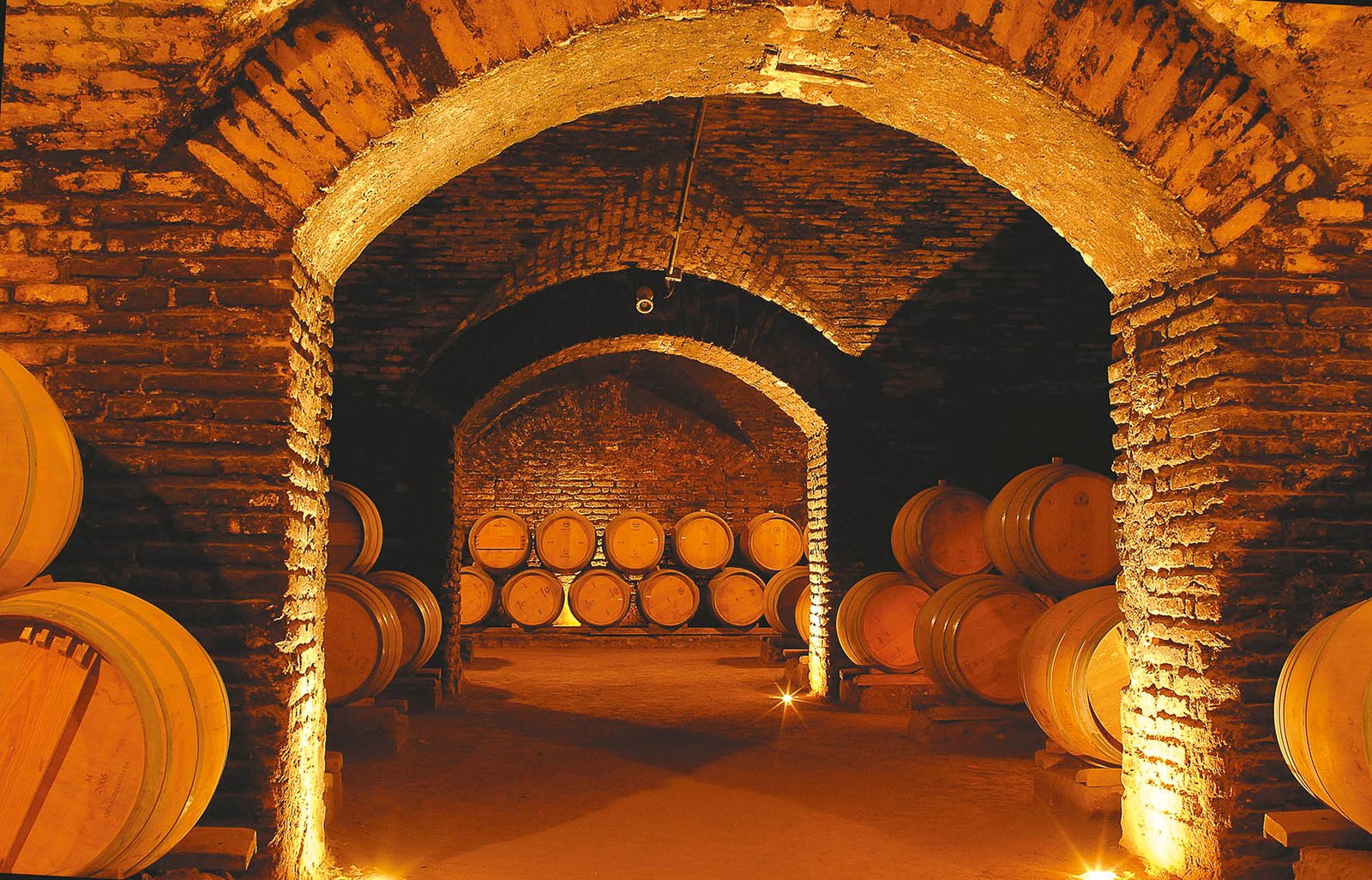
Fernando Tirado: “Don Melchor is the pioneer of quality wine in Chile”.
By: Fernando Donoso
Photos: Carlos Eduardo Gómez
Enrique Tirado, an agronomist and winemaker from the Catholic University of Chile, walks confidently among the vines that Viña Concha y Toro has owned for more than a century in Puente Alto, some thirty kilometers south of Santiago, Chile, at the foot of the Andes Mountains. There are 114 hectares, at an altitude of 750 meters above sea level, located in the foothills of the Andean massif, in the Maipo River valley. The company – founded in 1883 by Melchor Concha y Toro, a Chilean lawyer and politician – embarked on a premium quality wine fifty years ago, but it was in 1985 when the Don Melchor project became a priority, following the arrival of French winemakers in Puente Alto. Tirado joined the company in 1993 to promote the company’s varietal wine lines and has been Don Melchor’s head winemaker since 1999. Under his direction, this flagship wine has achieved the highest awards in its history, including a 95-point rating from the influential US magazine Wine Spectator for its 2001 vintage, the highest rating for a Chilean wine.

Tirado moves with the confidence that comes from being the author of the most prestigious Chilean wine personality in the world. Their role in the must creation process is total: from choosing the ripe, intact and healthy clusters to the final tasting. He defines the keys to the mechanism as a combination of factors that integrate “a soil, a climate, a condition -the terroir-, a raw material, a cluster, a fruit that allows us to bring out its full potential, plus the experience, the work in the vineyard and in the winery”. On average, 180,000 bottles of Don Melchor are produced each year, of which a third is consumed in Chile, another third is exported to North America, another third to Europe and 10% to the Asian market.
It is a sunny day in the middle of autumn, which to date has had low humidity, little rain and cool temperatures. This semi-arid Mediterranean climate combination – while a dry, cold wind blows down from the mountains – is the setting for a pleasant walk with the winemaker, who, among the twenty-year-old vines on dry, stony ground, brings grapes to his mouth. It looks for the perfect ripeness, a very subtle combination between the amount of sugar in the fruit, its aroma, the development of the cluster and the color, before giving its final approval for the start of the harvest. He warns that the soil factor accounts for 50% of the final result of the wine.
This floor with so many stones does not seem to be of good quality?
It is a poor soil, the stones occupy more than half of the soil, but at the same time it gives a very good permeability to rainwater, which is not retained. These are two very important characteristics to produce a good Cabernet Sauvignon of the highest quality. The key point occurs when the plant grows sufficiently, you manage to control its stress and the grapes take on a dark red color; at that moment its production is oriented to the clusters and not to the new shoots. A more fertile soil, with more nutrients, is good for potatoes or corn, but to produce a quality wine it is necessary that the plant does not overgrow, that the shoots grow in balance, that the vine sends its compounds to the fruit and not to produce new leaves; in short, that it thinks more about its offspring and not about growing.

If we look at Don Melchor’s international score, from 1988 to the present, the quality is on the rise.
It is the result of hard work, of forming a team that has specialized in Don Melchor for twenty years. It is an achievement of a long experience and the dedication, one hundred percent, of a great human group.
How is the price of a premium wine determined? In Chile it is an expensive wine, more than US$80.
Making a wine of this quality, with expensive soils, in a vineyard that needs a lot of work, with very low production of a wine that takes three years to come to market, has a higher cost. These are aspects that the consumer does not see, but that affect the price, which, in any case, is in the hands of the commercial area.
In professional terms, what are your challenges? Make a great wine with other grape varieties or concentrate on Cabernet Sauvignon?
I am focused on Don Melchor and that this quality we have achieved can, I hope, be increased and maintained over time. If I think about the future, I think it will be to develop new products in the vineyard in the style and level of Don Melchor, perhaps with other varieties.
The current outlook for the Chilean wine industry is not easy, basically due to overproduction, a relatively low dollar price and the strong competition from Argentina in recent years.

I would say that it is not only the Chilean industry’s problem: there is an excess of wine in the world, which tends to lead to an oversupply and that affects prices. In response to this panorama, Chile must focus on producing good quality wines. Today, at the level we are at, you need to compete with quality; otherwise, you are out of the competition. Chile’s other challenge is to work more on its country image. We have done something, but we need to make the country an attractive destination, which will lead to tourism, which will lead to wine.
Who is the most demanding wine drinker in the world?
The United States is a market where there is a lot of quality wine, both locally produced and imported. Another demanding market is Europe. England, specifically, is a country with a lot of competition in quality wines.
How do you feel about having achieved such international recognition and being considered the best Chilean winemaker in 2006?
I am very happy about all that. It is a recognition that makes you happy, above all it confirms what you believed in, what you dreamed of, what you projected. And that the result you are achieving is on the right track. If you are successful it is rewarding. Because it is to believe in a vineyard, to believe in a wine, in a project. But, on the other hand, the truth is that I didn’t think “I’m going to make a wine to win a grand prize”; it’s not like that. While we talked, we tasted with Enrique Tirado the 2001 vintage, a season in which the grapes reached a remarkable point of ripeness, basically because that year the rains were concentrated in winter, the spring was warm and the summer was hot. The must is 91% Cabernet Sauvignon and 9% Cabernet Franc, a grape variety that contributes “softness and sweetness in the mouth,” says the winemaker. After fifteen months in French oak barrels, a balanced and deep ruby red wine is born, in which ripe black fruits such as blackberry, cassis and berries are expressed with strength but at the same time delicacy.

If you had to name an internal competition on a par with Don Melchor, which wine would you mention?
I prefer to look at the internal issue more globally, like what I mentioned about the country image. Don Melchor was the first to demonstrate that it is possible to make great wines in Chile, but I think it is good that there are more quality wines that communicate the country’s image and reaffirm our capacity to produce great wines.
What is your favorite crop?
For me, there are several very good vintages of Don Melchor, it is difficult to say one… But if I had to choose a couple of vintages I think this one, 2001, and the 2003 are great wines. There are others of perhaps equal quality, but as I personally had the opportunity to make these two wines, I have a deep appreciation for them, a special affection.



